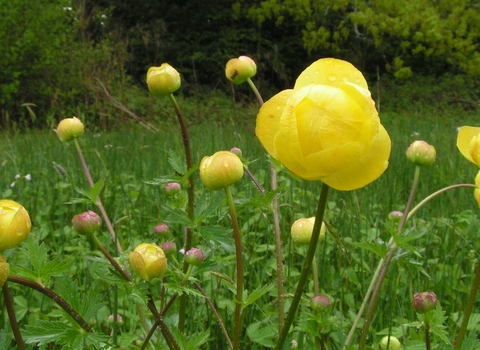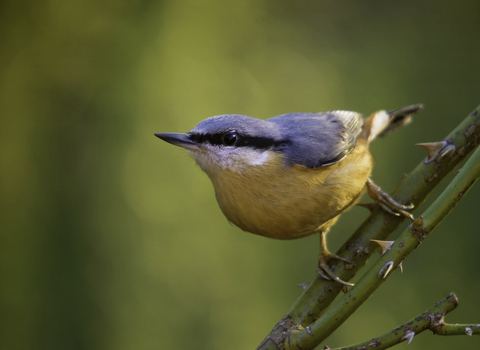Vicarage Meadows
Vicarage Meadows
Location
Know before you go
Dogs
When to visit
Opening times
The reserve is open access.Best time to visit
SummerAbout the reserve
Many years ago, the local vicarage owned Vicarage Meadows. The fields provided a hay crop and a place to graze horses and cows. The small stone barn was used as a shelter for milking cows. Today we continue to use traditional management methods with a hay crop being taken off one field and Exmoor ponies grazing the whole site, giving the reserve’s many wildflowers the chance to flourish.
What to look out for
This is one of the Trust’s most botanically rich reserves. The western meadow is a sheet of bluebells in the spring, followed by a carpet of orchids in the summer. Also to be found are betony, great burnet and dyer’s greenweed. Look out for the yellow flower spikes of bog asphodel in the damper parts of the site.
Look out for small pearl bordered fritillary butterflies here in June. In late summer, the dense mauve heads of devil’s-bit scabious flowers provide a late season nectar source for many other butterflies and insects.


